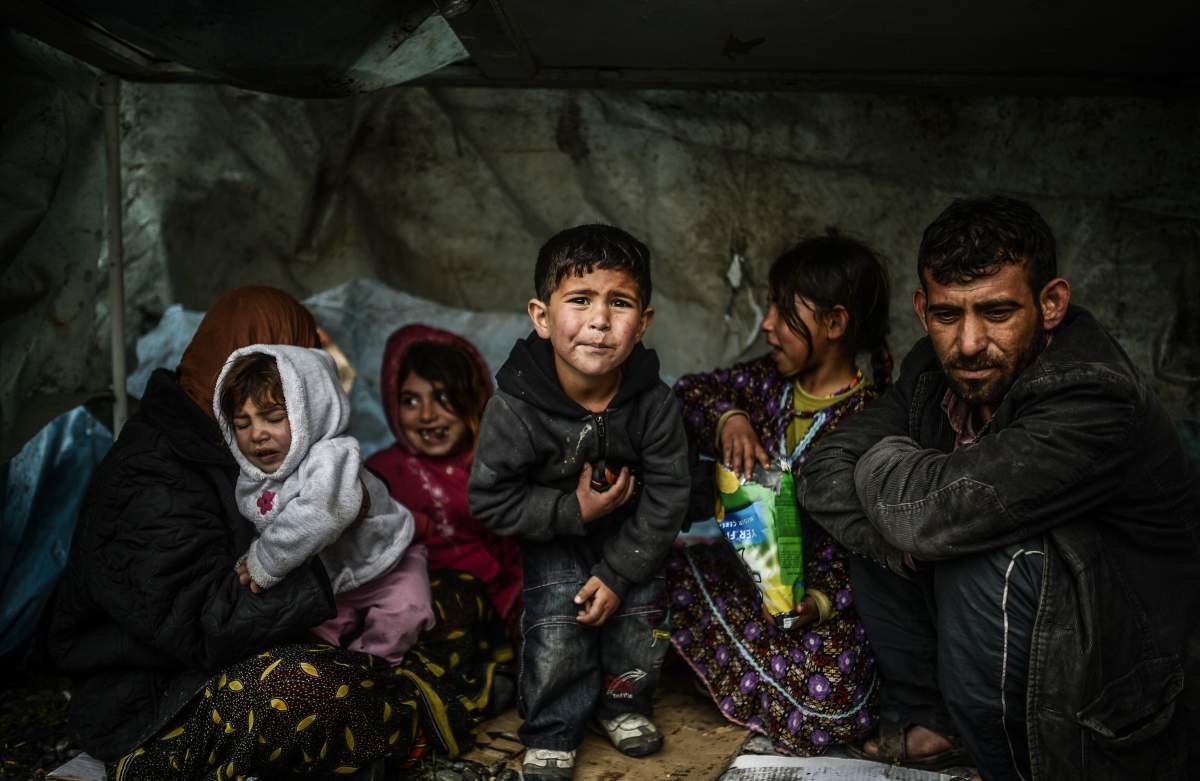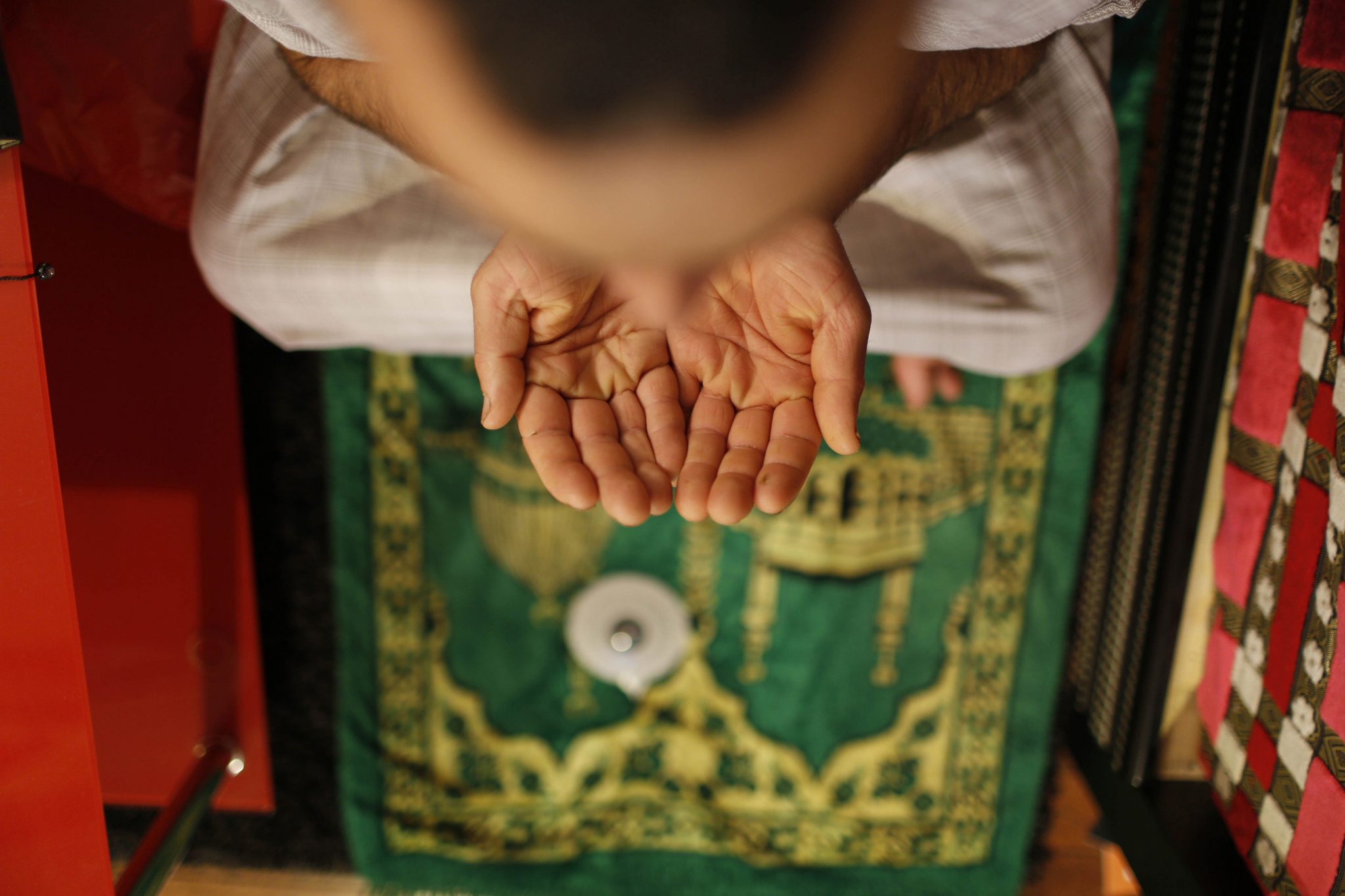
(Photo taken from time.com)
It has already been four years that Syria has gone to war. In March 2011, the rebellion’s movement started. A large number of citizens asked the departure of Bashar Al Assad, the change of the regime and the granting of individual, social and political freedoms for all. The bloody protests were followed by a terrible war: the citizens had to choose between the pro-Al Assad camp or the opponents. By the time, the conflict became more extended and got an international character. At the time these lines have been written, the president has power only on half of his territory while the Islamic State (ISIS- Da’ esh) is extending its caliphate not only in Syria but also in Iraq. However, the first victims of this endless conflict are the Syrians themselves, who, for a large part, have the unique concern to leave Syria where the violence of the war does not offer any future to them.
The crisis in Syria is the greatest humanitarian crisis since the end of the Second World War. Nearly 12 million Syrians are living in precariousness within their country, including 4.8 million living in dangerous zones. Therefore, the Syrians, without any matter of being Sunni, Shia, Alawite, Yazidi or Christian, took refuge in mass in the bordering countries. The last data given by the European Commission inform us that 3.9 million Syrians have fled from their country. Lebanon, Turkey and Jordan welcomed generously many migrants. However, the problems remain numerous. Although Non-Governmental Organisations like MSF, Caritas or Unicef make a remarkable work, the access to housing, water, health care, food and security remains precarious. Also, in the zones of refuges, overpopulation is being felt more and more.
Turkey is at the top of the welcoming countries with more than 1.7 millions Syrian refugees recorded until the beginning of April 2015, including nearly 200,000 lodged in the score of refugees’ camps at the Syro-Turkish border. Lebanon welcomed nearly 1.2 million refugees and Jordan 627,000. Iraq, Egypt and the North African countries received nearly 400,000 Syrians. By the way, there are still more difficulties in hosting, especially at the borders with Syria where the refugees flow in mass. They live for a great part below poverty line and are increasingly more dependent on the humanitarian aid. Despite the creation of many refugees’ camp where people are better off than the others, the prostitution, the work in black and the discrimination by the citizens of the host countries are experienced every day.
Although the European Union freed more than € 3.6 billion funds to help Syrians, the living conditions remain precarious. For example in Turkey, about half of these refugees are children, obliged sometimes to beg for money in the big cities, like Ankara or Istanbul, to bring back some coins to their families. Some schools remain open in the afternoon to allow the Syrian children to attend school but often, the moms do not let their children go to school, because of the fear of the separation or of the education costs like transports.
Lebanon has been saturated by the refugees’ flows. The country hosted the strongest density of refugees compared to his population. Indeed, a person in three in Lebanon is a refugee. The country of the Cedar thus decided to limit the entry by the land borders. Indeed, the surge of refugees is a heavy economic weight for this small country, weakened not so long ago by the burden of the war and the presence of Palestinian refugees.



